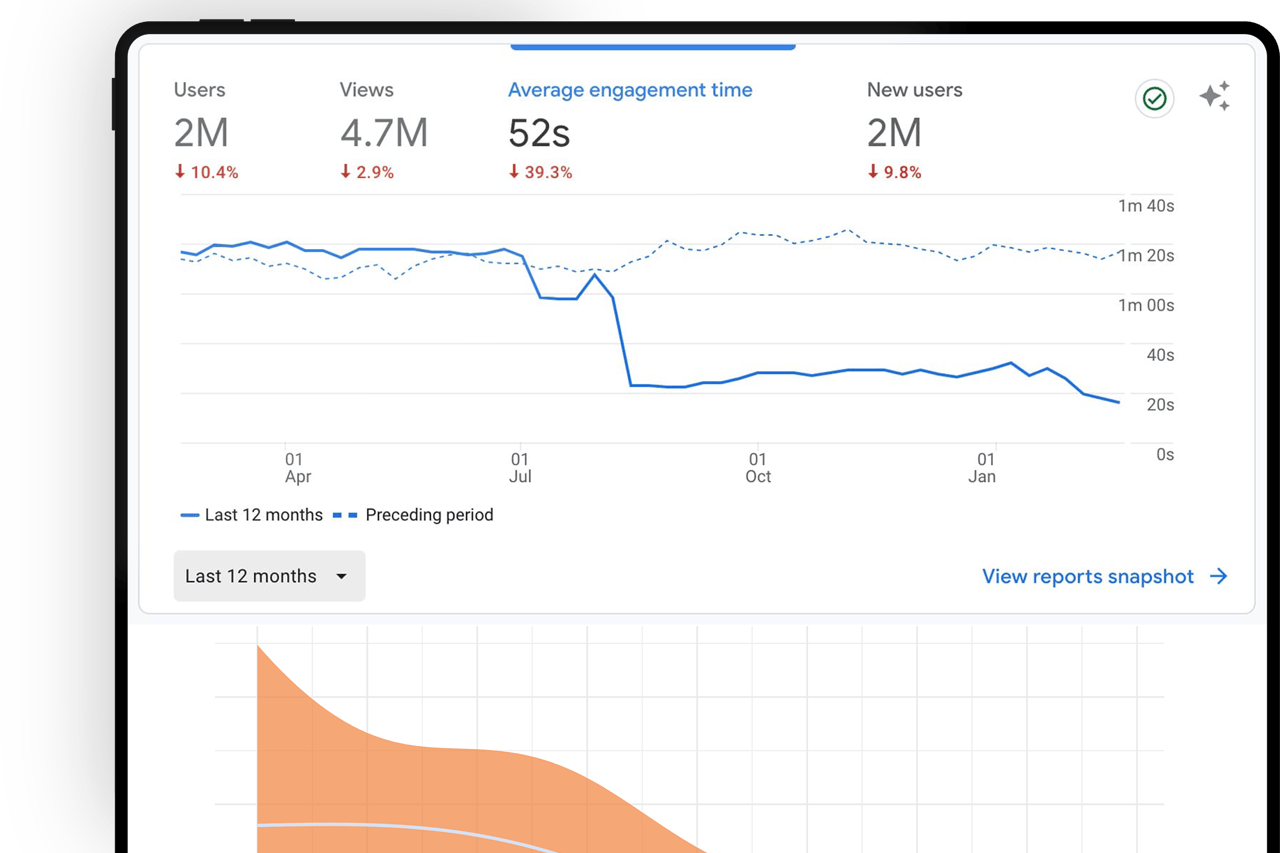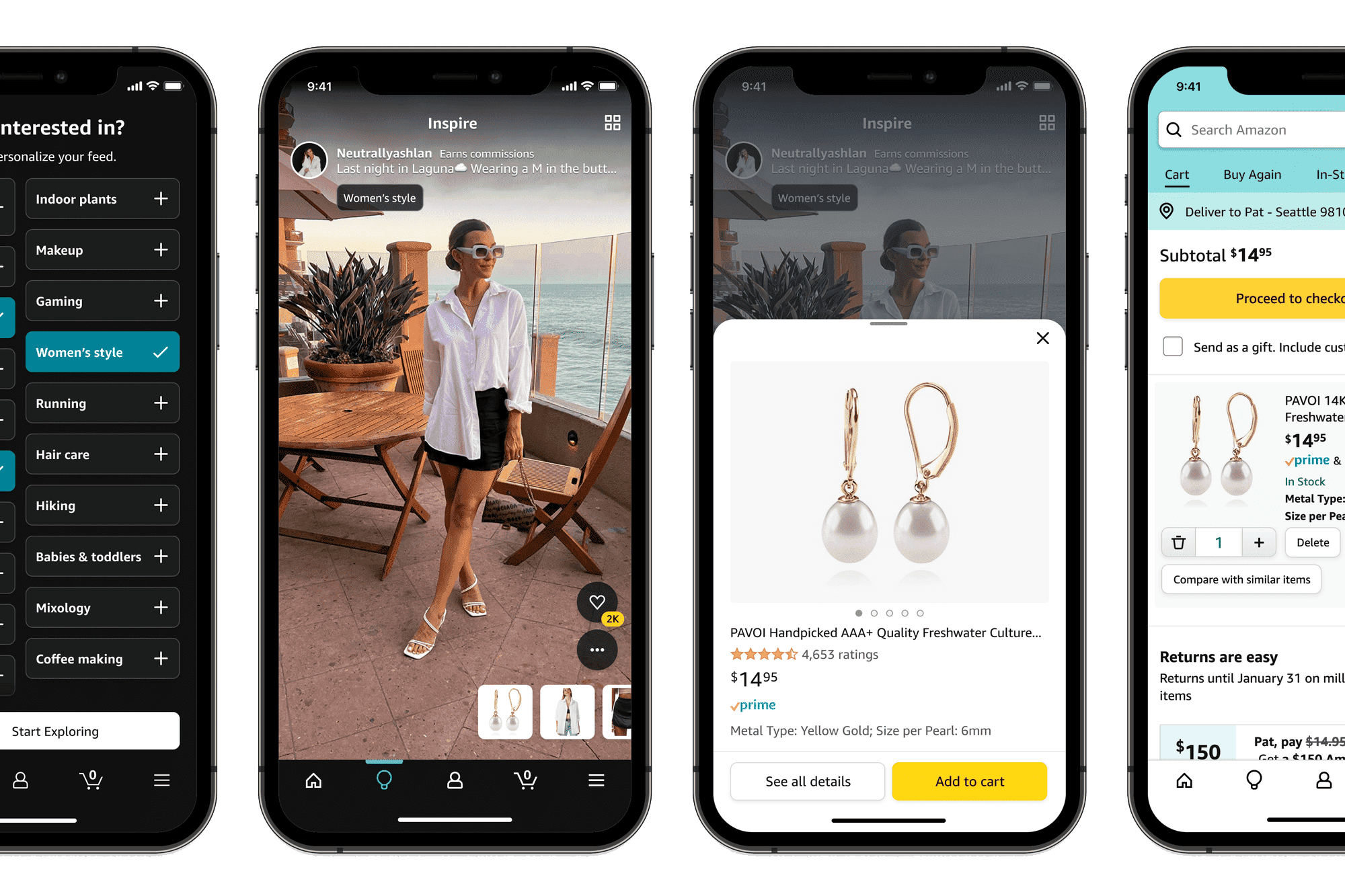A UX designer is a unique blend of product designer and product manager, playing a pivotal role in shaping the user’s experience with a company’s product or service. They are responsible for meticulously crafting every interaction a user has, ensuring it is both intuitive and enjoyable.
From conducting user research and creating wireframes to prototyping and testing, a UX designer’s responsibilities encompass a wide range of tasks. They collaborate closely with various teams, including developers, marketers, and stakeholders, to create cohesive and user-friendly designs that meet both business goals and user needs. Ultimately, a UX designer strives to enhance user satisfaction and drive engagement by delivering seamless and efficient user experiences.
What Is UX Design?
User Experience (UX) Design is the process of enhancing user satisfaction by improving the usability, accessibility, and pleasure provided in the interaction between the user and the product. It involves a deep understanding of users, what they need, what they value, their abilities, and also their limitations. UX Design also takes into account the business goals and objectives of the group managing the project.
A UX designer’s job is to create products that provide meaningful and relevant experiences to users. This involves the design of the entire process of acquiring and integrating the product, including aspects of branding, design, usability, and function. A good UX design ensures that users find value in what is being provided to them. This is achieved through research, planning, and iterative testing of prototypes, along with a consistent feedback loop.
In essence, UX Design is about making complex systems simple and enjoyable for the user. It requires a balanced mix of creativity, technical skills, and empathy to effectively align user needs with business goals.
What Is the Role of a UX Designer?
A UX designer plays a crucial role in creating products that provide meaningful and relevant experiences to users. They are responsible for the overall feel of the product, ensuring that every interaction a user has with the product is intuitive, efficient, and enjoyable. The role of a UX designer encompasses a wide range of tasks and responsibilities, including:
1. User Research and Analysis:
— Conducting interviews, surveys, and usability studies to understand the needs, behaviours, and pain points of the target audience.
— Analysing research data to create user personas, which represent different user types that might use the product in a similar way.
2. Information Architecture:
— Organising and structuring content in a way that is logical and easy to navigate.
— Creating site maps and user flows to outline the structure and flow of the product.
3. Wire framing and Prototyping:
— Designing wireframes, which are basic visual guides that suggest the structure and layout of a product.
— Developing interactive prototypes that simulate the final product and allow for user testing and feedback.
4. Interaction Design:
— Crafting the interactive elements of the product, such as buttons, menus, and forms, to ensure they are user-friendly and intuitive.
— Designing the overall user journey and ensuring that the interactions are seamless and efficient.
5. Visual Design:
— Collaborating with UI designers to ensure that the visual elements of the product align with the overall user experience goals.
— Ensuring consistency in design elements, such as colours, typography, and branding, across the product.
6. Usability Testing:
— Conducting usability tests to observe how users interact with the product and identify areas for improvement.
— Analysing feedback and data from usability tests to refine and iterate on the design.
7. Collaboration and Communication:
— Working closely with developers, product managers, and other stakeholders to ensure that the design vision is executed accurately.
— Communicating design decisions and the rationale behind them to the broader team and stakeholders.
8. Continuous Improvement:
— Monitoring the product’s performance and user feedback after launch to make ongoing improvements.
— Staying updated with the latest design trends, tools, and technologies to continuously enhance the user experience.
In summary, a UX designer is responsible for creating user-centred designs that meet both user needs and business objectives. They combine research, design, and testing to develop products that are not only functional but also enjoyable to use.
What Makes a Great User Experience?
Creating a great user experience (UX) involves several key elements that work together to ensure users find value, satisfaction, and ease of use in a product or service. Here are the essential components that contribute to a great UX:
1. Usability:
— Ease of Use: The product should be intuitive and easy to navigate, requiring minimal effort for users to achieve their goals.
— Learnability: Users should be able to quickly learn how to use the product, especially for first-time users.
— Efficiency: The design should enable users to complete tasks swiftly and effectively without unnecessary steps or complications.
2. Accessibility:
— Inclusivity: The product should be usable by people with a wide range of abilities, including those with disabilities. This includes implementing features like screen readers, keyboard navigation, and appropriate colour contrast.
— Universal Design: Designing with accessibility in mind from the start ensures that the product can be used by as many people as possible without needing special adaptations.
3. Desirability:
— Aesthetics: An appealing visual design can enhance user satisfaction and create a positive emotional connection with the product.
— Branding: Consistent use of branding elements like logos, colours, and typography helps build trust and recognition.
4. Value:
— Relevance: The product must meet the users’ needs and provide real value. This means addressing their pain points and delivering features that solve their problems or improve their lives.
— Usefulness: Beyond meeting basic needs, the product should offer features and functionalities that make it indispensable to users.
5. Credibility:
— Trustworthiness: The product must convey reliability and trustworthiness through accurate information, secure transactions, and a professional appearance.
— Transparency: Clear communication about how user data is used, as well as straightforward terms and conditions, contribute to building trust.
6. Functionality:
— Performance: The product should perform well, with fast load times and minimal downtime. Users expect a smooth and uninterrupted experience.
— Interactivity: Interactive elements should be responsive and behave in expected ways, enhancing the overall user experience.
7. Emotional Connection:
— Engagement: A great UX often involves creating an emotional connection with users through delightful interactions and personalised experiences.
— Feedback: Providing timely and meaningful feedback for user actions helps keep users informed and engaged.
8. Consistency:
— Uniform Design: Consistency in design elements, interactions, and behaviour across different parts of the product ensures users don’t have to relearn patterns, making the experience more seamless.
— Predictability: Users should be able to predict what will happen next based on previous interactions, which fosters a sense of control and confidence.
9. User-Centred Design:
— Empathy: Understanding and empathising with users’ needs, goals, and frustrations is crucial in designing a product that truly serves its audience.
— Iteration: Continuously gathering user feedback and iterating on the design based on that feedback ensures the product evolves to meet changing user needs and expectations.
In summary, a great user experience is the result of careful planning, user-centred design, and continuous improvement. It combines usability, accessibility, desirability, and functionality to create a product that not only meets users’ needs but also delights and engages them.
What Is the Difference Between UX Design and UI Design?
User Experience (UX) Design and User Interface (UI) Design are two closely related but distinct fields within the realm of digital product design. Both are essential to creating a product that users love, but they focus on different aspects of the design process. Here’s a breakdown of the key differences between UX and UI Design:
While UX and UI Design are distinct fields, they often work closely together. UX designers lay the foundation by understanding user needs and designing the overall structure and flow of the product. UI designers build on this foundation by adding visual elements and interactive components that align with the established user experience goals.
In summary, UX Design is about the overall feel and functionality of the product, ensuring it meets user needs and provides a seamless experience. UI Design is about the specific visual and interactive aspects of the product, ensuring it is attractive and easy to use. Both are essential for creating a successful product, and they complement each other to deliver a cohesive and engaging user experience.
The Takeaway
UX and UI design are essential for creating products that meet user needs while also delighting and engaging them. UX designers focus on the overall user experience, emphasizing usability, accessibility, and satisfaction through research, planning, and continuous testing. They ensure every interaction is seamless and meaningful, driving user engagement and business success.
UI designers, on the other hand, bring the product to life through visually appealing and intuitive interfaces. By collaborating closely with UX designers, they create cohesive, user-centered designs that balance functionality with visual appeal. Together, they develop products that are not only effective and efficient but also enjoyable and memorable, fostering user loyalty and satisfaction.


